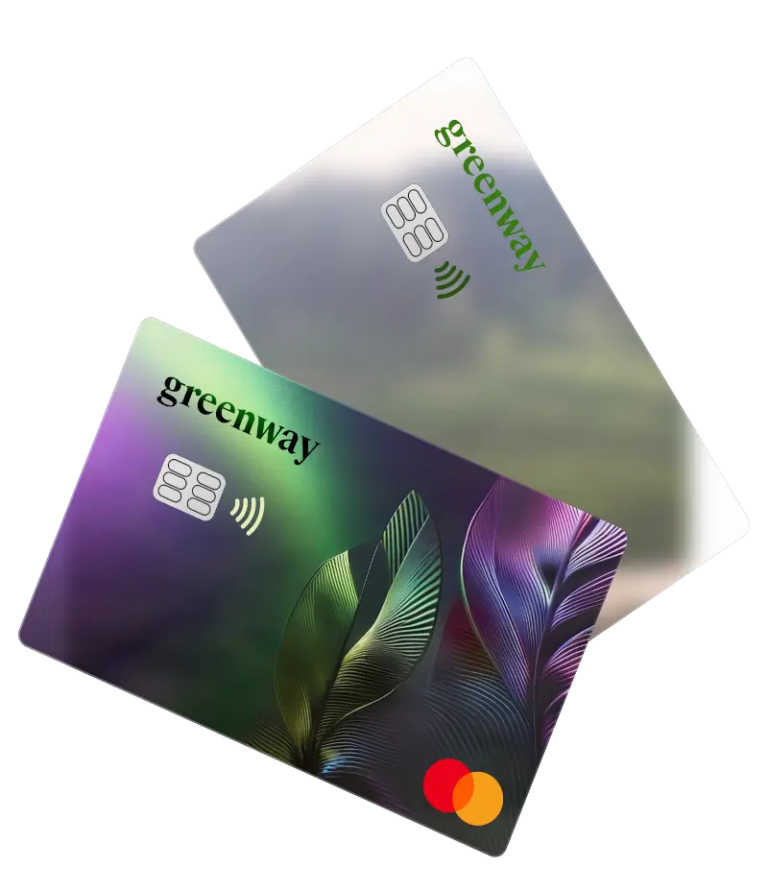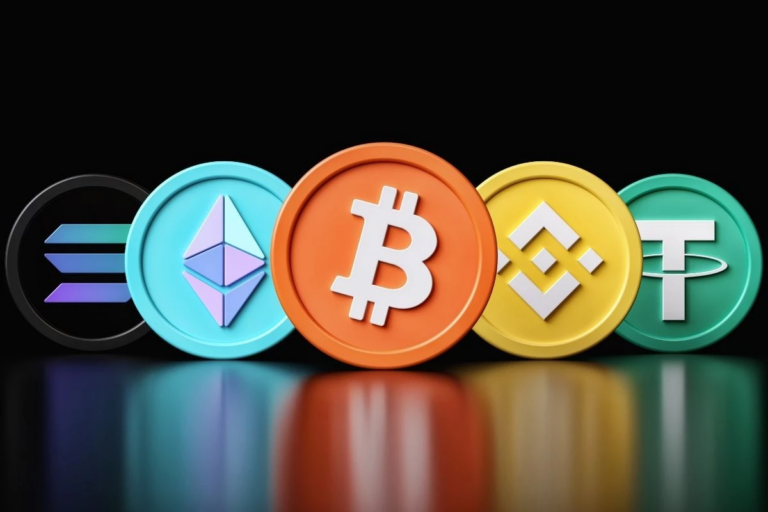What do e-money institutions offer clients?
E-money institutions are authorized to issue e-money. Perhaps their most common type is the ubiquitous e-wallet, which serves as a storage location just like regular cash wallets. E-money institutions also offer money transfer services, processing payment transactions, direct debit or credit transfers, and performing most of the financial transactions common to standard PSPs.
Overall, the concept of electronic money encompasses a range of technologies, from sophisticated e-wallet systems with mobile applications to the provision of money transfers and FX services. The internal culture of innovation in the ecosystem promises continued product creation in the near future as competition intensifies due to the growing number of license holders across Europe.
Each institution uses its own app, which customers download and use on their smartphones to get quick and easy access to accounts. Such apps can be used as popular e-wallets for smartphones. Using PSD2-compliant account aggregation services, they can allow users to host and access all accounts in one place. Such products allow customers to control their personal finances easily, securely and efficiently. If you are interested in getting an e-money issuer license in Europe then the best way is to contact Coredo, you can find more details at https://coredo.eu/licensing/emi-license/.
Differences between e-money institutions and traditional banks
The most important difference is that a traditional bank (banking institution) is a credit institution. Traditionally, banks make money by taking deposits, paying interest and lending funds again at a higher interest rate. E-money institutions are not allowed to pay interest on deposits and cannot issue loans. The ban on all credit transactions also applies to things like credit cards (the traditional type with a monthly spending limit), letters of credit, bank guarantees, etc. That is, there will be no overdraft, no line of credit on the charge card.
If the customer thinks he or she will need to borrow in the future – an overdraft or corporate credit card, export financing, a mortgage – that would be a good reason to decline in favor of traditional banks.
Fintech projects are flexible and affordable. They operate virtually, so consumers don’t need to be physically present to make transactions and participate in financial services. Users can sign up on their computer or, in most cases, through an app on their mobile device. Fintech offers 24/7 access, remote account opening, quick consultations and improved communication with customers in general. E-money institutions have grown because of their focus on user convenience, and this is where banks lag behind.



